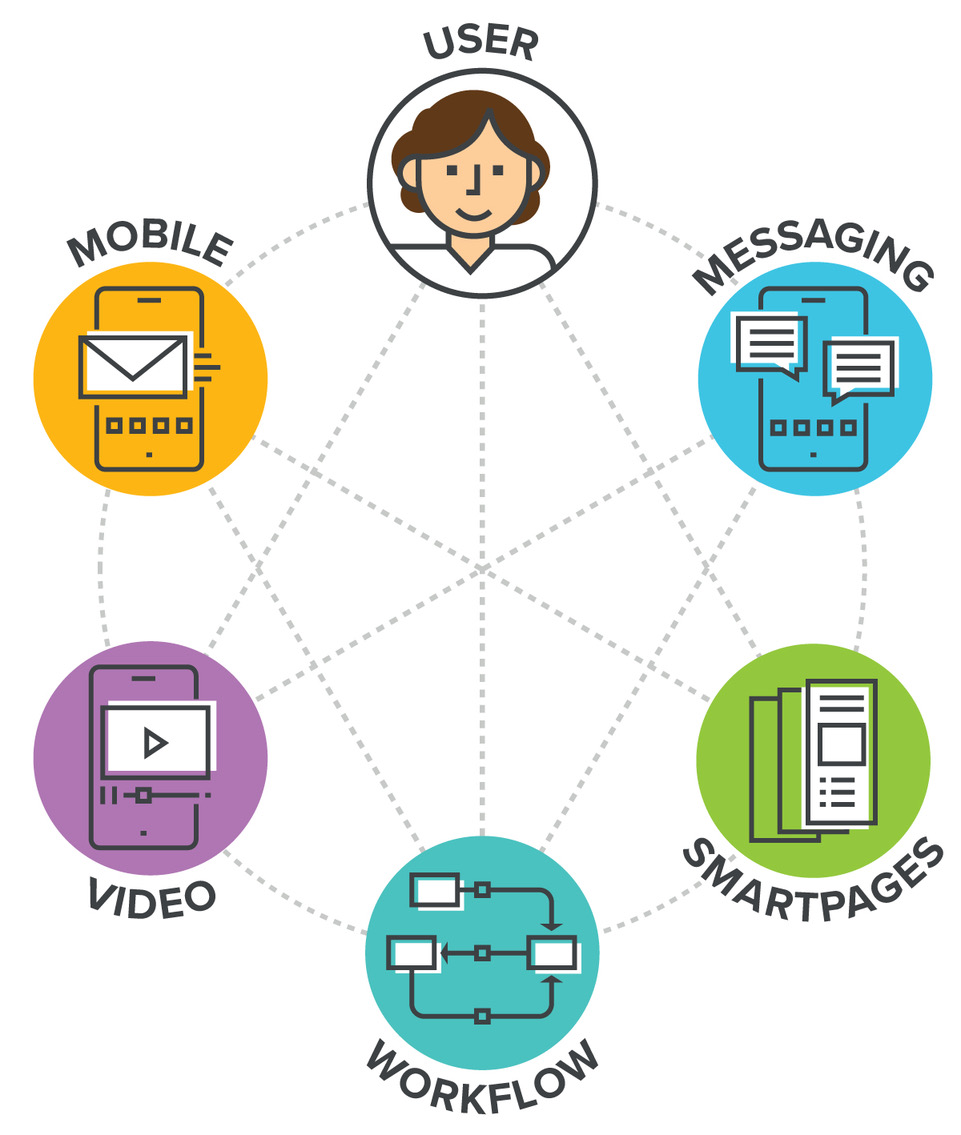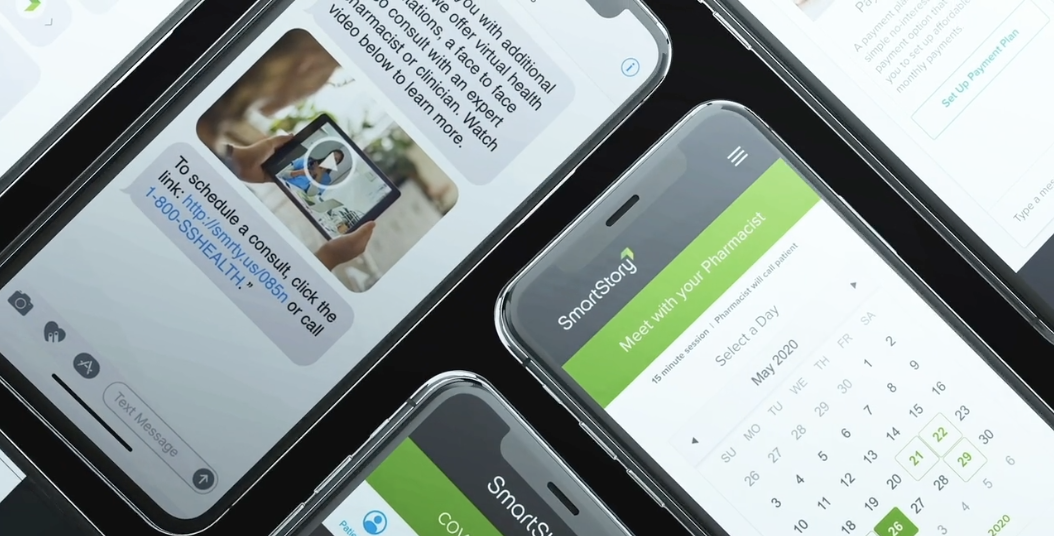Having a Smart Engagement Strategy

Posted By: Chris Minor October 2nd, 2020 5 minute read
Employment is the holy grail of the digital age.
In today’s multichannel world, customers have more of a voice and more power in the brand-customer relationship than ever before. With the sheer amount of product choices and online information at their fingertips, there is no shortage of buying options; and so, their expectations for personalized, relevant, timely customer experiences have risen, as have the stakes for brands looking to edge out the competition in this arena.
Having a smart customer engagement strategy is key to optimizing the customer experience, while clearly differentiating the brand in the market.
Generic product messages served to customers at irrelevant times is getting brands nowhere. In fact, customers desire for personalization can often lead them to reject brands using spray-and-prey marketing methods. As a result, CMOs are increasingly considering where customers are in their unique buying journeys and how to make more of an impact with content.
 Following fundamental principles of engaging smartly, with dynamic, mobile video content allows brands to focus in and capitalize on their natural touchpoints with a customer, enables brands to effortlessly engage versus forcing themselves into a conversation.
Instead, they are taking advantage of the existing micro-moments wherein their goals are naturally aligned with the customers’. Be it in store or post purchase, these simple principles allow brands across every industry to deliver meaningful, personalized and timely messages to customers wherever and whenever is appropriate.
Following fundamental principles of engaging smartly, with dynamic, mobile video content allows brands to focus in and capitalize on their natural touchpoints with a customer, enables brands to effortlessly engage versus forcing themselves into a conversation.
Instead, they are taking advantage of the existing micro-moments wherein their goals are naturally aligned with the customers’. Be it in store or post purchase, these simple principles allow brands across every industry to deliver meaningful, personalized and timely messages to customers wherever and whenever is appropriate.
Allow customers to self-identify or “opt-in” to conversations
Today’s customer is under constant attack by brands looking to make a sale or a connection. On their mobile devices, desktops, in stores and even out in the streets—they are being inundated with brand messages, not all of them entirely relevant.
One easy way for brands to break through the noise and avoid the “spray and pray” approach is by allowing customers to “opt-in” to the messages they want to receive via a QR, text code or similar. This gives customers control over how to use their time in a media filled world – just receiving relevant information that is useful and timely. Simultaneously, it provides brands with valuable information on what the customer may potentially want to see next.
Take Advantage of Mobile SMS
 While there are many mobile marketing technologies available to CMOs—beacons, geo-fencing, location data tracking—only one is preferred by upwards of 80% of consume, and that’s SMS. Brands looking to engage in a smarter way, take advantage of this preference, and of the fact that 90 percent of the world’s largest customer segment, millennials, own a smartphone and prefer to communicate by text over any other channel. These mobile messages are the perfect vehicle for brands to engage customers—especially those on the go.
While there are many mobile marketing technologies available to CMOs—beacons, geo-fencing, location data tracking—only one is preferred by upwards of 80% of consume, and that’s SMS. Brands looking to engage in a smarter way, take advantage of this preference, and of the fact that 90 percent of the world’s largest customer segment, millennials, own a smartphone and prefer to communicate by text over any other channel. These mobile messages are the perfect vehicle for brands to engage customers—especially those on the go.
Use More Video
According to HubSpot, 90 percent of consumers say video content is helpful in the decision process and enjoyment of a video increases their purchase intent by 97%. This is because video has the power to captivate audiences more deeply than written words or static visuals alone. Effective engagement requires playing to this strength and employing video wherever possible. This not only helps brands engage with consumers, it ensures they’re more likely to seek the same brand out next time—as research shows enjoyment of branded video content increases brand affinity by more than 130%.
Deliver the Right Content at the Right Moment
 Timing is everything. If a customer is in a store and ready to purchase one minute, brands can’t wait until later that night to target them with a social ad or a drip campaign—they must strike while the iron is hot. Understanding when these micro moments of opportunity occur is critical. To do so, brands need to be able to pull in and analyze signals from disparate marketing systems such as POS, loyalty programs, and others. This allows brands to get a holistic view of the customer and where they are on a buying journey.
Timing is everything. If a customer is in a store and ready to purchase one minute, brands can’t wait until later that night to target them with a social ad or a drip campaign—they must strike while the iron is hot. Understanding when these micro moments of opportunity occur is critical. To do so, brands need to be able to pull in and analyze signals from disparate marketing systems such as POS, loyalty programs, and others. This allows brands to get a holistic view of the customer and where they are on a buying journey.
Tell a Story
Unlike advertising, engaging in a smart way happens through storytelling. It gives brands the ability to engage customers through emotional connection on an individual basis. In the healthcare industry for example, there is a reason why pharmaceutical companies have moved away from men in white lab coats to real patients describing their experiences with a medication. These stories provide a human element that is irresistible to customers. They also build brand trust similar to how a high rating on Yelp might build trust for a restaurant.
On their own, each of these principles provides value to brands looking to engage more effectively with audiences. A CMO can choose any one of them and start shaping a more positive customer experience. However, when taken as a whole, they allow brands to truly engage customers at the right place and the right time, with the right information—the end being a competitive advantage that can’t be beat.
Feel free to contact us and start a dialogue.
